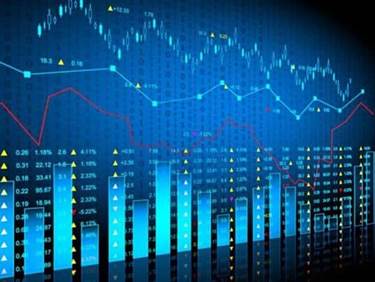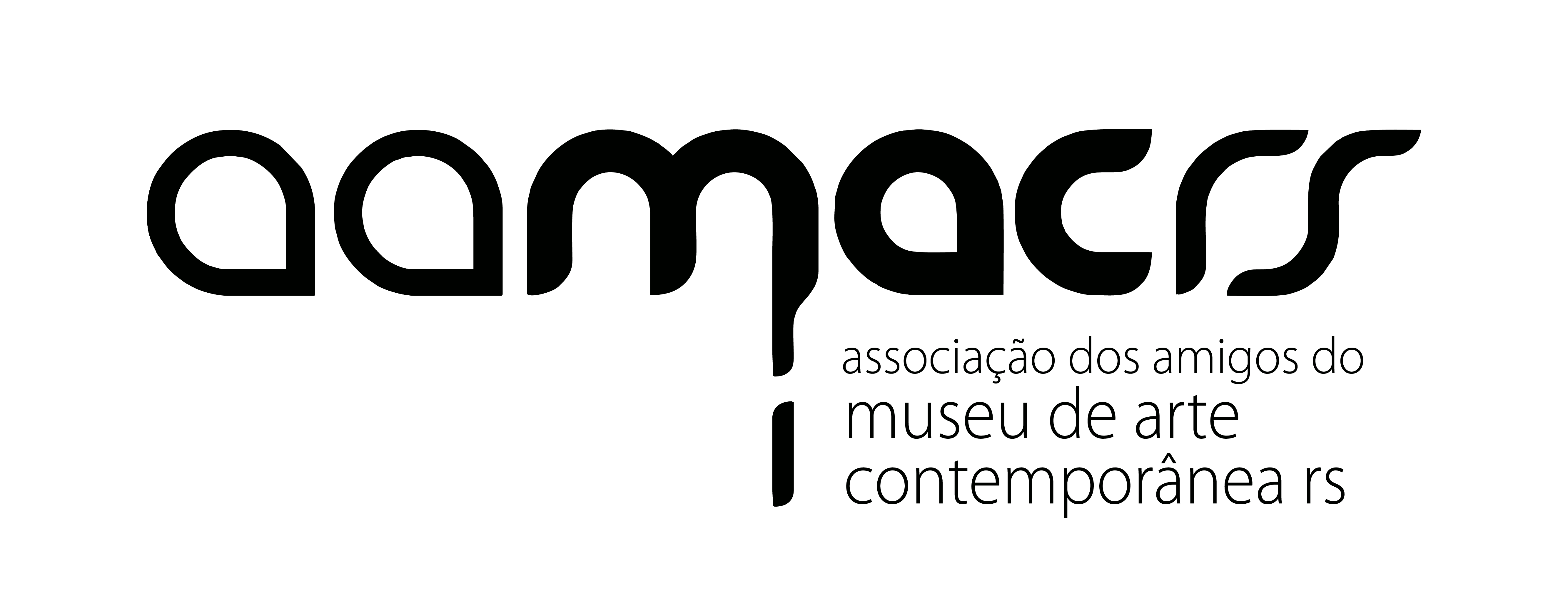Enterprise Resource Planning Erp Definition
Содержание
An effective Enterprise Application cuts down on time wasted on repetitive functions in the workplace and helps circumvent obstacles to the workflow, as well as future change and adaptation. The result is improved morale and performance as a result of less drudgery; greater security of systems and data, and a simplified system of operations. Determining where the problems exist, and how they can be improved or removed, tied together with real-time monitoring, enables Tallyfy to provide the best solution. Automating workflows can help to increase operational efficiencies, optimize product development and business processes, and improve customer experience. A business intelligence module accumulates and inspects data from various sources and helps users define a better organization’s solution. Some notable features include scheduled reporting, visualization tools, customizable dashboards, and real-time data access.

The enterprise resource planning system integrates software applications, such as purchasing, finance, human resources and inventory management. Within an ERP system, the integrated software modules, such as sales, quality management and accounts receivable, communicate and share data. Each of these modules consists of multiple applications that execute end-to-end business processes. For example, the sales module includes the applications necessary to create and manage sales contracts, sales orders, sales invoices and sales order pricing. ERP systems improve enterprise efficiency and effectiveness in a number of ways. By integrating financial information in a single system, ERP systems unify an organization’s financial reporting.
With these ERPs, all customers operate on the same code base and have no access to the source code. Though there are many functions both before and after these, a business is only as good as the materials supplied to it and the distribution of its product. Having the most wonderful idea possible, is pointless if the materials needed are not managed and stored properly, and the finished product does not get out there to the retail outlet or the consumer.
What Is Enterprise System Erp?
This may not only deteriorate the system’s performance but also need compromising the information and process integration. Enterprises that rely on custom code in their ERP cannot use ERP as a service. If they wish to operate in the cloud, the only option is to move to an IaaS provider, which shifts their servers to a different location.
They also integrate order management, making order taking, manufacturing, inventory, accounting, and distribution a much simpler and less error-prone process. Most ERPs also include customer relationship management tools to track customer interactions, thereby providing deeper insights about customer behavior and needs. They can also standardize and automate manufacturing and supporting processes, and unifying procurement across an organization’s disparate business units. For example, enterprise resource planning supports the entire sales process that includes pre-sales activities, sales orders, inventory sourcing, deliveries, billing and customer payments.

Yet other systems serve to support the search for products with desired attributes , price discovery , and delivery of digital products . Social network sites, such as Facebook and LinkedIn, are a powerful tool for supporting customer communities and individuals as they articulate opinions, evolve new ideas, and are exposed to promotional messages. A growing array of specialized services and information-based products are offered by various organizations on the Web, as an infrastructure for electronic commerce has emerged on a global scale. Customer relationship management , supports dealing with the company’s customers in marketing, sales, service, and new product development. A CRM system gives a business a unified view of each customer and its dealings with that customer, enabling a consistent and proactive relationship.
Key Features Of Erp Systems
Migrate data.The team standardizes data definitions and examines existing files for data completeness, quality, and redundancy. Finally, existing data is cleansed and migrated to the new ERP. Tier IV ERPsare designed for small enterprises and often focus on accounting. Tier I Government ERPssupport large, mostly federal, government agencies.
Enterprise systems may also enable a business to reduce the cost of information technology and minimize the manual input of data. These enterprise system attributes offer particular benefits, such as the support of teamwork, an improved response to the marketplace, increased work quality and greater employee collaboration and efficiency. Enterprise resource planning, supply chain management, and customer relationship management systems are examples of enterprise systems. Initially, ERP software was designed for automating a firm’s internal ‘back-office business processes, but now, it can also communicate with customers, suppliers, and other business partners. The executive sponsor should also be advised by an organizational change management executive, as ERP implementations result in new business processes, roles, user interfaces, and job responsibilities.
In addition to the above tier criteria, there is a wide range of features and capabilities to consider. With any industry, it is important to pick an ERP vendor with industry experience. Educating a vendor about the nuances of a new industry is very time consuming. Most handle a handful of languages and currencies but only a single alphabet. Depending on how ERPs are categorized, there are 75 to 100 Tier III ERP solutions.
Learn 3000+ Common Words
The CRM module makes it possible forbusinesses to manageclient operations, such as marketing, sales, and customer service. Employees can monitor sales probabilities and customer channels. Users can also employ CRM in marketingoperation management, including advertisements and lead generation campaigns.
- It’s made up of a group of programs with shared applications categorized by their function and developed with reference to enterprise architecture.
- This keeps essential systems and functions working smoothly in a carefully-designed and centrally-supervised way.
- The result is improved morale and performance as a result of less drudgery; greater security of systems and data, and a simplified system of operations.
- Properly operating ERP systems enable enterprises to reduce the time required to complete virtually every business process.
- Microsoft’s Azure Advisor service offers recommendations based on five categories.
- By having the system automate the process of information sharing, the customer’s name and address don’t need to be repeatedly entered at every step of the sale.
- While ERP systems are complex and multifaceted, their biggest advantage is that by connecting all aspects of a business in one business management system, it is very efficient.
Like ERP, Asset Management software is aimed at centralizing and optimizing multiple tasks. In this instance, the software provides for administration and management, not of the work performed like with ERP, but in regard to the enterprise’s assets. It assists throughout the life of the asset – from purchase, through commission, operation, and maintenance, right through to decommission and replacement. Database Management software enables enterprises to link all their critical data into a master file which serves as a central point of reference with regard to all data. This is of particular benefit to companies which have undertakings in other cities or regions.
The collaborators can be located anywhere in the world, and, in some multinational companies, work on a project continues 24 hours a day. Consolidate daily operations and maximize efficiency with an easy-to-use enterprise resource planning software. Enterprise resource planning, or ERP for short, is a comprehensive software platform used to help a business run more efficiently and effectively, by automating core processes. Configure parameters.Parameters in the ERP software are set to reflect the new business processes.
Supply Chain Management Vs Customer Relationship Management
Enterprise resource planning is a type of management software that integrates day-to-day business processes. It helps business leaders streamline company activity by connecting all data points and providing accurate business insights. Enterprise systems integrate a number of different applications, protocols and formats. In doing so, an enterprise system allows companies to integrate business processes, such as sales, deliveries and accounts receivable, by sharing information across business functions and employee hierarchies. These systems can replace multiple independent systems that may or may not interact with other systems and that process data to support particular business functions or processes. Following ERP deployment, most organizations experience a dip in business performance as staff learn new roles, tools, business processes, and metrics.
Three Different Types Of Enterprise Systems
It took a number of coincidences and lots of good luck to release this strong spirit of enterprise hidden in them. As well as growing more common, the enterprise has become more organised. For the sake of Britain’s future I want every child enthused with the spirit of enterprise . The spirit of enterprise is alive and kicking in Scotland.
Types Of Information Systems In An Organization
In addition, poorly cleansed data and infrastructure bottlenecks will cause disruption. All impose a workload bubble on the ERP deployment and support team. Properly operating ERP systems enable enterprises to reduce the time required to complete virtually every business process. They also promote collaboration through shared data organized around common data definitions, resulting in better decision-making. The standardization and simplification that ERP systems offer result in fewer rigid structures, thereby creating a more agile enterprise that can adapt quickly while increasing the potential for collaboration.
An enterpriseresource planning system corporate with organizations to enhance business management and operations within a centralized database. Agencies incorporate ERP software to assimilatebusiness processes, accumulate operational data, improve supply-chain effectiveness, stimulate data-driven strategies, and improve collaboration between compartments. Small businesses implement enterprise systems to gain company-wide access to business knowledge, increase employee productivity and minimize the duplication of company data.
Customer Relationship Management
Earlier, in large organizations, different information systems were used to serve different business functions like sales, marketing, production, manufacturing, etc., separately. The CIO works closely with the executive sponsor to ensure adequate attention is paid to integration with existing systems, data migration, and infrastructure upgrades. The CIO also advises the executive sponsor on challenges and helps https://globalcloudteam.com/ the executive sponsor select a firm specializing in ERP implementations. ERPs were originally designed for manufacturing companies but have since expanded to service industries, higher education, hospitality, health care, financial services, and government. For example, government ERP uses contract lifecycle management rather than traditional purchasing and follows government accounting rules rather than GAAP.
Understanding the gaps in current business processes and supporting applications helps the project team determine how to change business processes to conform to the software. Enterprise resource planning software standardizes, streamlines types of enterprise system and integrates business processes across finance, human resources, procurement, distribution and other departments. Once a digital strategy is in place, the next step is to redesign the business processes that will support it.
If the ERP system is the toolbox, the modules are the screwdriver, wrench, hammer, and other tools in the box that each has specific uses. For implementing ERP systems, organizations need to identify the business processes to be automated and then map those processes to the processes provided by ERP systems. These activities may include product development, material sourcing, production and logistics as well as the information systems that coordinate these activities. Information flows allow supply chain partners to coordinate their strategic and operational plans as well as the day-to-day flow of goods and materials through the supply chain. The physical flows include the manufacture, transport and storage of goods or materials. Equally importantly, CRM supports mass e-mail communications and automates the sales process workflow to improve employee productivity.
Integration between business processes within the enterprise is the first step. Wiki, enables multiple participants to add and edit content. (Some online encyclopaedias are produced on such platforms.) Collaboration systems can also be established on social network platforms or virtual life systems. In the open innovation initiative, members of the public, as well as existing and potential customers, can be drawn in, if desired, to enable the cocreation of new products or projection of future outcomes. Groupware, such systems accomplish this by allowing controlled shared access, often over an intranet, to the work objects, such as business proposals, new designs, or digital products in progress.
The winners will partner up to reimagine their business, create better experiences, improve productivity, and rethink workspaces. Even groups who support the ERP can become disenchanted if the implementation team provides poor support or is perceived to be rude or unresponsive. Disenchanted supporters can become vicious critics when they feel they have been taken for granted and not offered appropriate support. Once the executive sponsor is confident the new ERP is ready, the enterprise needs to switch from the old system to the new system.
In addition to managing processes, ERP systems also gather, store, and analyze data from internal functions, such as marketing, manufacturing, accounting, facilities, and research and development. An ERP system is driven by the ERP software suite-a set of integrated software modules–and a common centralized database. The software modules support the basic business processes under different functional areas and the database stores data from and feed the data to various applications supporting the internal business activities.
Tier II ERPssupport large enterprises that may operate in multiple countries but lack global reach.Tier II customers can be standalone entities or business units of large global enterprises. Most of these ERPs have some internationalization but lack Tier I breadth. Depending on how vendors are categorized there are 25 to 45 vendors in this tier.
Organizational change management can help everyone in the enterprise understand the impact ERP will have on their work. In many cases, an organizational change management firm, rather than an internal executive, provides this support. The ERP system works off, and at the same time shares, a database which brings together the efforts of these different departments, automates a number of these functions and facilitates planning. An ERP system can take orders from customers, manage financial records, update inventory after each sale, and anticipate labor needs based on the level of orders received.
These vendors support the nuances of government accounting, HR, and procurement. Oracle, SAP and CompuServe’s PRISM are considered Tier I with Infor and CGI’s Momentum close behind. Enterprise Applications help to keep the workflow running smoothly by using specially-designed software for the different systems within the corporate body. This keeps essential systems and functions working smoothly in a carefully-designed and centrally-supervised way. Meaning and definitions of enterprise system, translation in Gujarati language for enterprise system with similar and opposite words. Also find spoken pronunciation of enterprise system in Gujarati and in English language.
